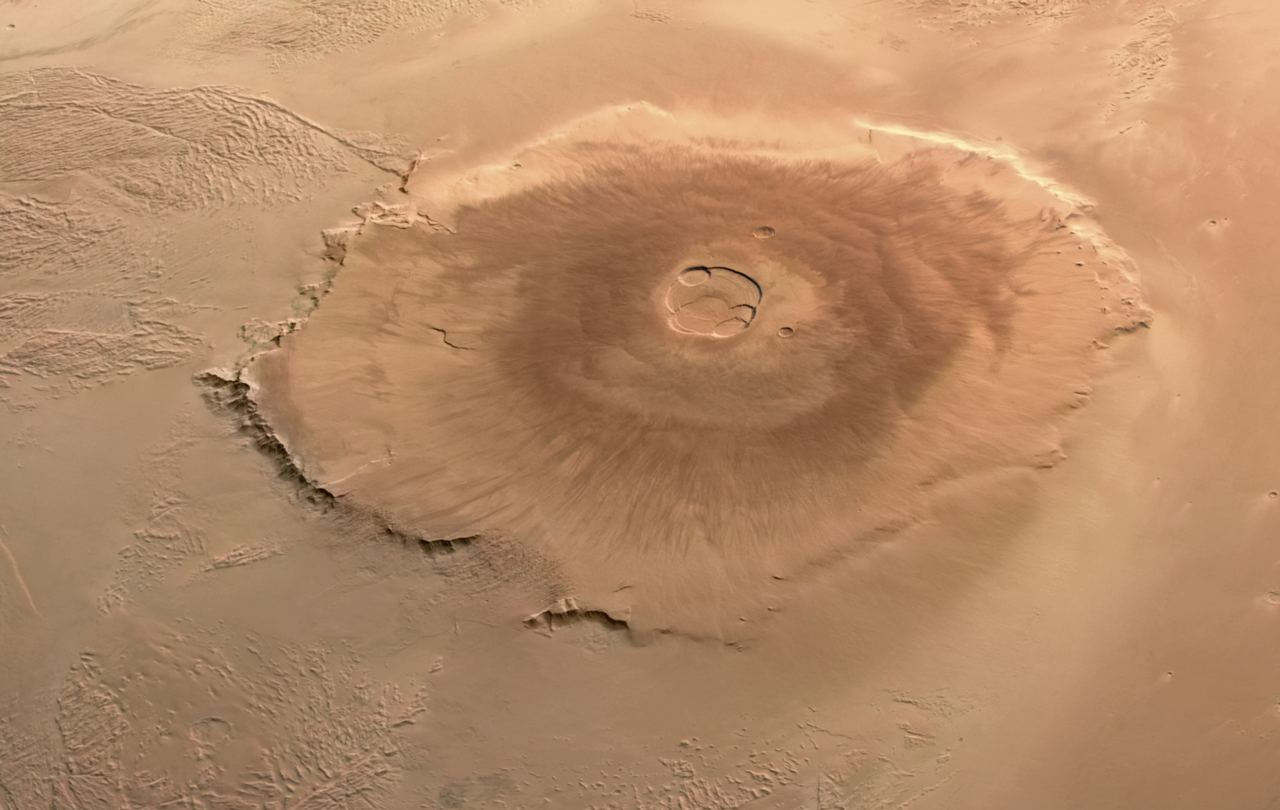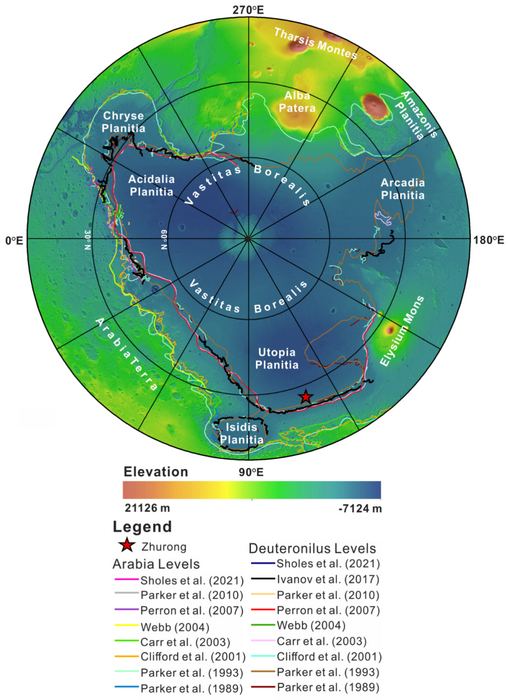Billions of years ago, Mars was a much different place than it is today. During the same period when life was first emerging on Earth, Mars had a thicker atmosphere, warmer surface temperatures, and flowing water on its surface. Evidence of this warmer, wetter past is preserved on the planet’s surface today in the form of river channels, lakebeds, alluvial fans, and sedimentary deposits. When this period began, and how long it lasted, remains the subject of much debate for scientists.
Knowing how long this period lasted helps establish how big the window of opportunity was for life on Mars. But according to new NASA-funded research from the Sellers Exoplanet Environments Collaboration (SEEC), Mars may have been wetter longer than previously expected. According to recently published results in the Proceedings of the National Academy of Sciences, Mars may have had a northern ocean as recent as three billion years ago.
Continue reading “Mars Could Have Been wet for Much Longer Than Previously Believed”





